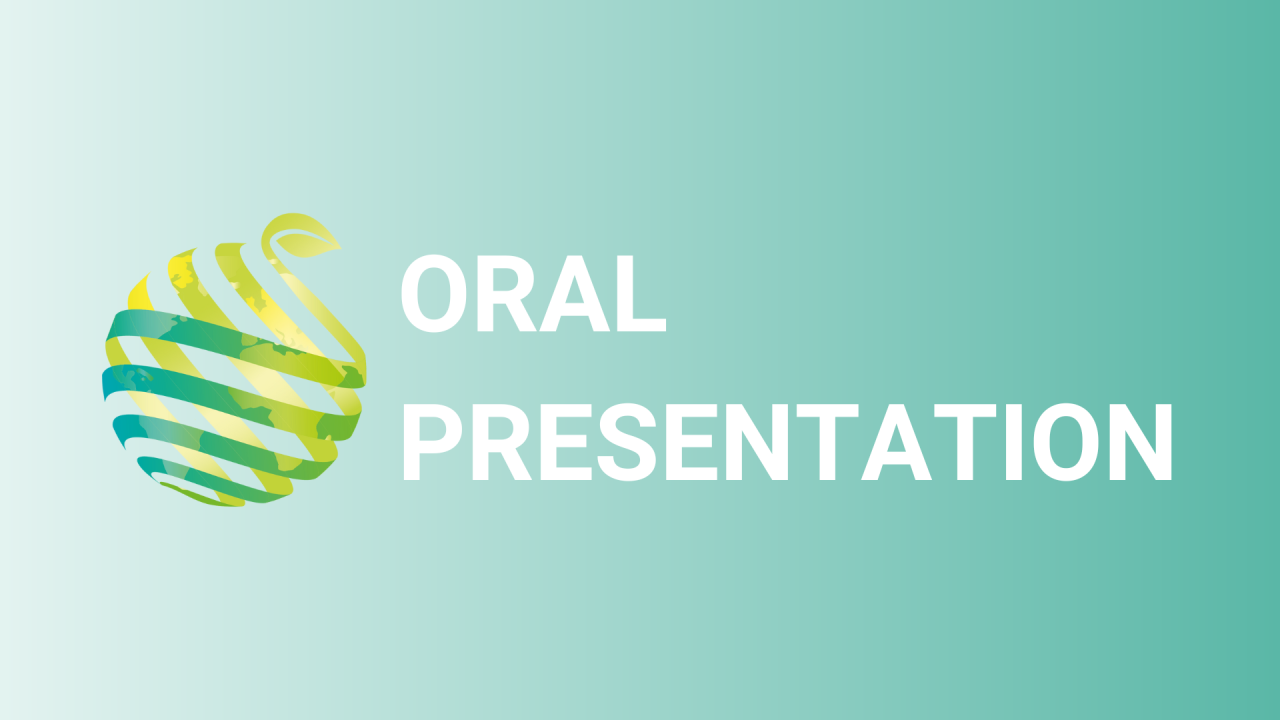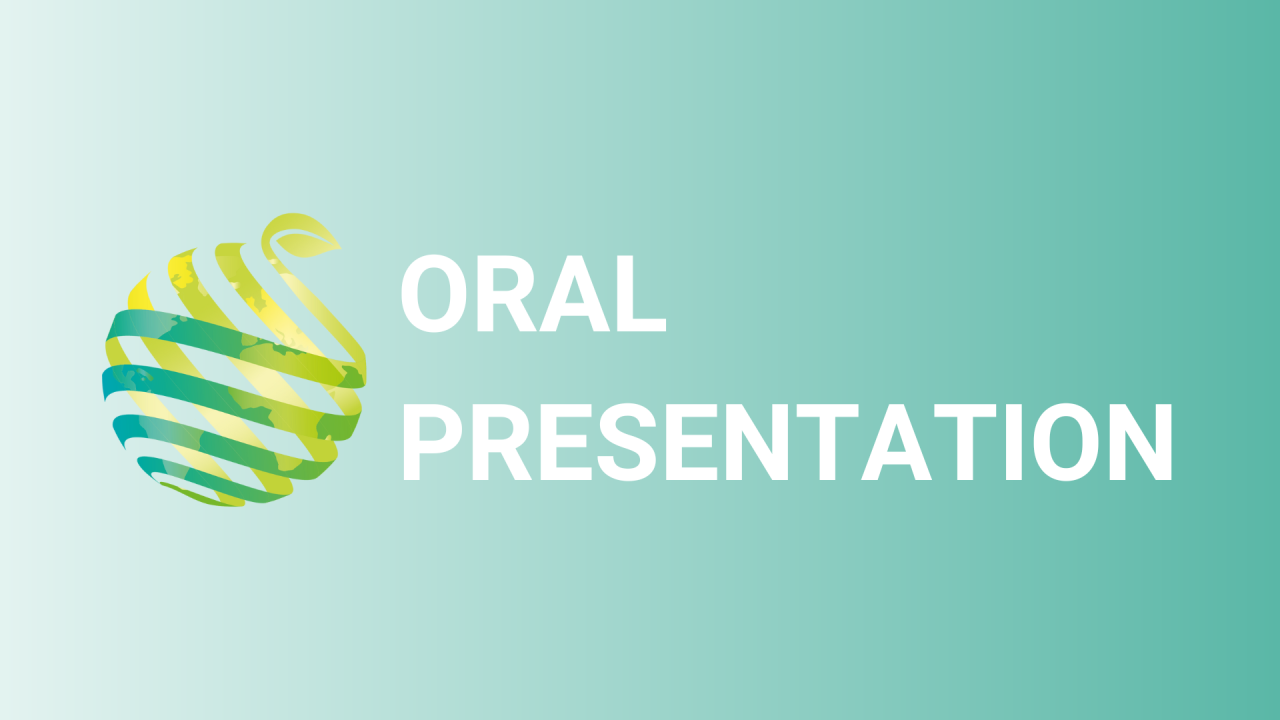

S08 - Session O3 - In vivo monitoring of indoor grown lettuce light stress response and its dynamics over time
Information
Authors: Laura Cammarisano *, Jan Graefe, Oliver Körner
Controlled environment agriculture allows growing plants in optimal conditions ensuring high and constant yield by eluding weather and pests threats. Peculiar advantage of protected cultivation is depicted by the possibility of modulating the produce visual and nutritional quality by applying definite abiotic stress, as, for instance, light treatment. The extent of the light treatment, both in terms of flux density and duration, represents a critical factor to cautiously control in order to avoid negative effects on plant growth and quality traits. Here, we present the first step for the development of an in vivo technique based on leaf spectral measurements, to be used in early light stress monitoring and control for a desired produce quality with e.g. red pigmented leaf. In this study, we therefore aimed at triggering changes in leaf pigment content in lettuce by light stress; and to identify a control and monitoring protocol for automatically applying targeted stress strategies up to the threshold of severe stress. Supplemental blue light (λ Peak = 430 nm, 160 µmol m -2 s -1 with 40% blue) was used as pre-harvest treatment and applied for increasing periods of time (30 minutes, 24 hours, 48 hours, 72 hours and 96 hours). Leaf spectral reflectance and transmittance as well as light adapted chlorophyll a fluorescence were simultaneously measured, both on treated and control plants at the end of each treatment. Before treatments started, the two lettuce cultivars (green leaf cv. 'Aquino', RZ and red leaf 'Barlach', RZ) were grown under well controlled environmental conditions (temperature: 21 °C, relative humidity: 75%, ambient CO2, white spectrum light at 160 µmol m -2 s -1 over an 18-h photoperiod, nutrient solution EC: 1.9 and pH: 7.2) for 15-19 days. Results obtained confirm a change in the photoprotective response as adaptation to longer-term stress. This was detectable in the red cultivar after 24 hours of treatment as a reduction in the estimated (modified Prospect-D) zeaxanthin fraction over total carotenoids and anthocyanins accumulation and, concurrent decrease in the energy-dependent quenching, qE. The relationship is a promising finding for implementation in a decision support or control system for both mitigating stress and triggering the targeted amount of secondary metabolites.